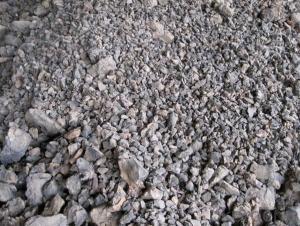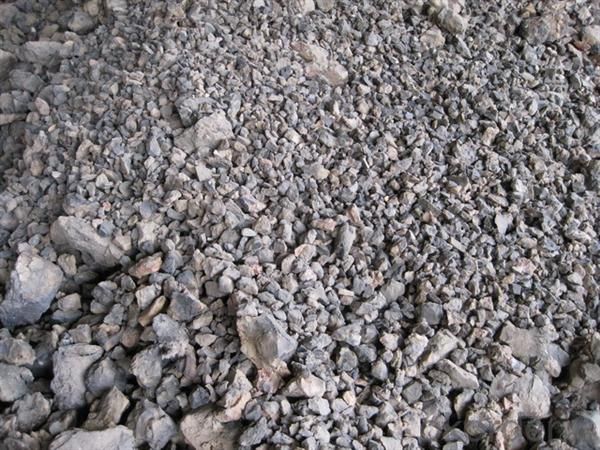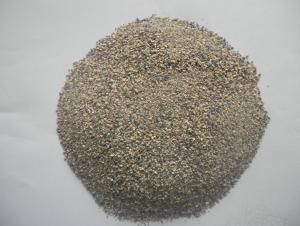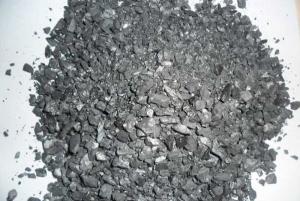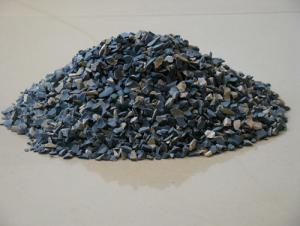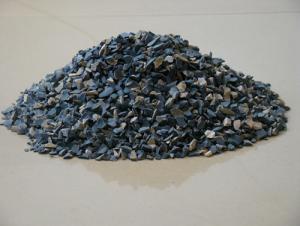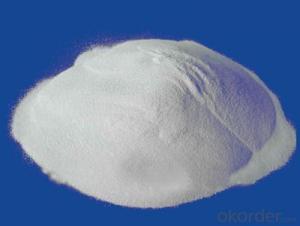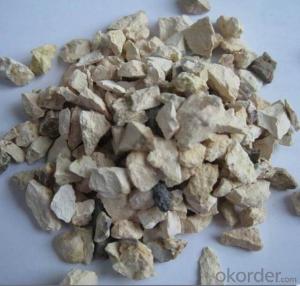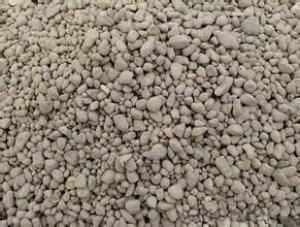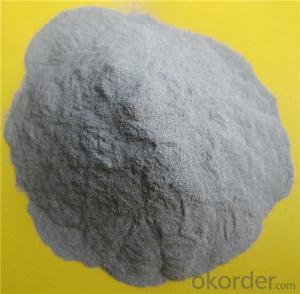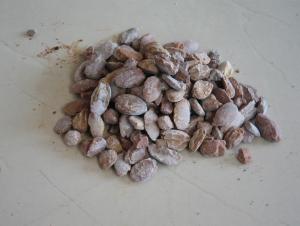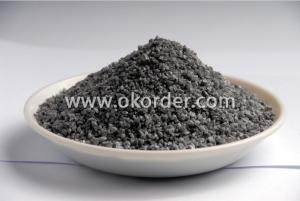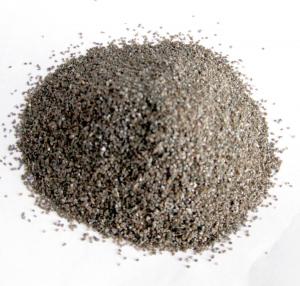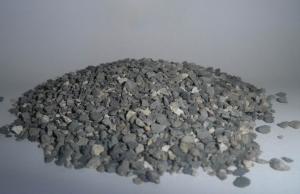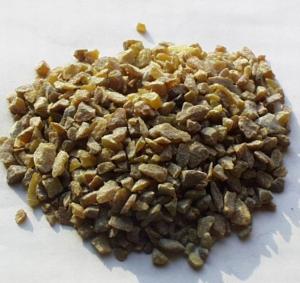shaft kiln bauxite Al2O3 75,80,85,86,87,88,90%,95%
- Loading Port:
- China main port
- Payment Terms:
- TT OR LC
- Min Order Qty:
- 25 m.t.
- Supply Capability:
- 10000 m.t./month
OKorder Service Pledge
OKorder Financial Service
You Might Also Like
Quick Details
| Place of Origin: | Hebei, China (Mainland) | Shape: | Powder, powder | Material: | bauxite |
| SiO2 Content (%): | 7-14% | Al2O3 Content (%): | 80-87% | MgO Content (%): | 0.3% |
| CaO Content (%): | 0.3% | Refractoriness (Degree): | 1770°< Refractoriness< 2000° | CrO Content (%): | 3% |
| SiC Content (%): | 2.4% | Model Number: | CNBM | Brand Name: | Banyue |
| color: | white,khaki | Dimensions: | 120mesh,200mesh,325mesh | Application: | refractory product |
| Chemical Composition: | Al2O3, CaO, Fe2O3 |
Packaging & Delivery
| Packaging Details: | 50kg/bag, or according to customer requirements customized. |
| Delivery Detail: | 10 days |
Product Description
Content | 1 | 2 | 3 | 4 |
Al2O3 | 80%min | 85%min | 86%min | 87%min |
SiO2 | 14%max
| 9%max
| 8.5%max
| 7%max
|
Fe2O3 | 2.5%max | 2.0%max | 2.0%max | 2.0%max |
TiO2 | 4.0%max | 4.0%max | 4.0%max | 4.0%max |
CaO+MgO | 0.6%max
| 0.6%max
| 0.6%max
| |
K2O+Na2O | 0.3%max
| 0.3%max
| 0.4%max
| 0.6%max
|
B. D. | 2.6g/ccm min. | 3.10g/ccm min. | 3.10g/ccm min. | 3.0-3.10g/ccm |
H2O | 0.5%max | |||
Refractoriness | 1770° < Refractoriness< 2000° | |||
NO. | Size | Size Distribution | ||
1 | 0-1mm | 0-0.5mm 60%max | ||
2 | 1-3mm | 90% min | ||
3 | 3-5mm | 90% min | ||
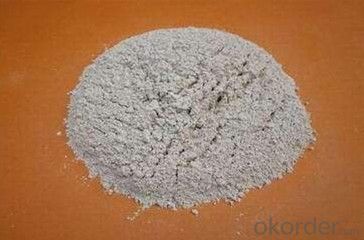
CNBM International Corporation (CNBM International) is the most important trading platform of CNBM Group Corporation, a state-owned company under the direct supervision of State-owned Assets Supervision and Administration Commission of the State Council.
Since 2004, the trading volume of CNBM International has been doubled in 5 successive years owing to the support of superior corporations and effort of all staff. Meanwhile, we have established strategic partnerships with hundreds of domestic manufacturers and sound business relations with clients from over 120 countries. Currently, we have wholly-owned overseas subsidiaries and branches in 5 countries with a view to realize localization, which also represents an essential progress in our globalization target.
- Q: What advantage and disadvantages it has compared to common fire insulation materials
- Advantage and disadvantages of A-level heat perserving materials of equal effectiveness 1, the component materials of A level thermal insulation materials are inorganic materials, so it is high temperature resistant, non-combustible, fire-resistant; 2, good durability, aging resisitant, and having the same service life as buildings; 3, a level thermal insulation material can be well combined without using polymeride to bond, coat mortar, reinforced net, needing only few construction procedures. It is anti seepage with few quality problems; 4, absorb few water, and can bond firmly with the cement mortar, tile adhesive tile, safe and reliable; 5, a level thermal insulation material have the same service life as buildings, without the need to increase the cost on maintenance and renovation during its life span, and can maximize resource conservation.
- Q: What are the materials of insulation firebricks?
- The raw materials of firebricks, firebricks have various raw materials, and the composition of which can be divided into six categories: soil, stone, sand, mineral, powder and others. One of the raw materials, soil: bauxite, kaoline, clay, diatomite Another raw material, stone: fluorite, kyanite, andalusite, forsterite, vermiculite, mullite, pyrophyllite, chlorite, dolomite, sillimanite, magnesia-alumina spinel, and silica Another raw material, sand: clay sand, zircon sand, quartz sand, and magnesite Another raw materials, mineral: chromium mineral Another raw material, powder: aluminum powder, micro-silica powder, and silicon powder Another raw materials, others: asphalt, graphite, phenolic resin, perlite, cenosphere, sialon, corundum, silicon sulfate, silicon carbide, sodium silicate, silica sol, boron carbide, calcium aluminate cement, nitride material, haydite, aluminum oxide, alumina sol and zirconia, etc.
- Q: Is there any difference between insulating bricks and refractory bricks? Are there any professional refractories factories that are reliable in the quality and quality of these irritated materials?
- Seven characteristics of insulating brick:Insulation and heat insulation: effectively reduce energy consumption.Fire prevention: up to national standard or class A.Clean and environmental protection: no two pollution will be caused by air.Per square metre weighs only about 1.4 kilograms, reduce the burden of building.Simple production: completely break through the traditional process, greatly shorten the construction cycle.Beautiful: can be modulated into a variety of colors, suitable for Ming outfit.Durable: long service life.
- Q: Who knows about the fire endurance of sintered shaly hollow bricks?
- Sintered shaly hollow bricks of Chu area have high intensity. The average compressive strength of them is up to 15.8, which matches with M7.5 cement mortar that has advantages of low water absorption, and good anti efflorescence performance. The fire endurance of sintered shaly hollow bricks should not exceed1050 degrees otherwise they will burn excessively. I, actually, think that the temperature should be controlled within 980 degrees. I hope my answer may help you.
- Q: What are the fire resistance ratings of the glass partition?
- The glass partition system is composed entirely of metal structures, glass, color plate and other materials which also has fire resistance capacity. When the inner structure of the system is steel structure, the fire resistance of which is 30 mins, 60mins or even longer. The fireproof glass is a special glass which is able to maintain its integrity and insulation in a fire resistance test. According to fire resistance performance, it can be divided into three categories: Class A: The fireproof glass which meets demands of fire integrity and fire insulation at the same time. This glass has advantages of excellent transmittance, fire-proofing(smoke resistance, fire insulation, and blocking heat radiation), sound insulation and impact resistance. It can be applied to architectural ornaments, fire resistant timber doorsets with steel structure, windows, upper beam, partition walls, daylighting roofs, ceiling screens, perspective floor and other building components which need transparency and fireproofing. Class B: The fireproof glass which meets demands of fire integrity and thermal radiation intensity at the same time. This glass is mostly composite fireproof glass which has advantages of transmittance, fireproofing, and smoke resistance. Class C: The fireproof glass which only meets demand of fire integrity. This glass has advantages of transmittance, fireproofing, smoke resistance and high intensity. It can be applied to fireproof glass partition walls, fire windows and with no requirements on outdoor curtain walls, etc. The fireproof glass can be classified as composite fireproof glass and single chip fire-proof glass in terms of structure.
- Q: Using what kind of melting aluminium furnace refractories is more appropriate?
- If it's the ordinary, you can use high aluminum refractory brick with general clay, GB/T 3994-2005 clay heat insulation refractory brick. If you need these with good material, there is high alumina thermal insulation refractory brick, GB/T 3995-2006 high aluminum heat insulation refractory brick, models have A13 and material is the alumina, A13 50 u, high insulating brick B5.Intermediate insulating brick B2, etc. Dolomite brick: good hang kiln performance, good erosion resistance, but brick is usually without f - CaO, hydration, and difficult to transport and storage, less used in the production. Magnesia-chrome bricks: good hang kiln, used in calcining zone. The disadvantage is that its thermal shock resistance is poor and plus hexavalent Cr is toxic, the production and use of magnesite chrome bricks in international countries gradually reduce. Now unit using the brick find replacements as soon as possible.
- Q: How to deiron refractory?
- It cannot be done in conventional approaches, because you are referring to refractories. If using acid liquor soaking method to deiron, the material itself will be also damaged! If just for reducing the corrosion of materials, it will be OK to add a corrosion-resistant and fireproof protection layer.
- Q: What is the difference between the fire?rating and the fire resistant level of the fire-fighting equipment?
- Fire rating and fire-fighting rating are the misnomer to the building fire resistant level. The building fire risk is measured by fire resistant level. The article 3.2.1 and 5.1.7 of "Architectural design code for fire protection" have made provision respectively on the fire resistant level of plant (the storeroom) and civil construction. Article 3.0.2 of "Code for fire protection design of tall buildings" has made provisions on the fire resistant level of tall buildings. As for the warehouse building "category malonate", it refers to one of the fire risk of goods storage, which is divided into A, B, C, D, E, and each category is refined depending on the nature of different substances. "Malonate class" specified in article 3.1.3 of "building design for fire protection" refers to the flammable solid.
- Q: Is there anyone who can explain how to grade the level of fire insulation board?
- 1, Combustion performance of building material is divided into the following several class according to China's national standard GB8624-97 Class a: Non combustible building materials: Non-conbustible material. Class B1: Refractory building materials: Flame retardant materials have good flame retardant effect. It hardly catch on fire in the case of open flame and high temperature, do not spread fire quickly, and when the fire source is removed, fire will be stopped immediately. Class B2: Combustible building materials: Combustible materials have certain flame retardant effect. In case of fire or under high temperature, it will immediately burst into flames, easily leading to spread of fire , such as poles, wooden frame, timber, and wood stairs. Class B3: Combustible building materials: Without any flame retardant effect, will be burnt easily, resulting in high risk of fire. I Hope my answer will help you.
- Q: What's the fire endurance of A grade fireproof glass curtain wall?
- An hour and a half, an hour, and half an hour. As a key step in the home fire prevention, fire door is particularly important. According to the fire endurance and heat insulation performance, it can be classified as follows: A class fire door with fire endurance of no less than 1.5h; B class fire door with fire endurance of no less than 1h; C class fire door with fire endurance of no less than 0.5h. We can choose according to different needs, while A class fire door and B class fire door are now commonly used. Fire door has great varieties, and the material it uses is also of wide range. It includes stainless steel fire doors, glass fire doors, steel fire doors, etc. The most important feature of fire door is its fire resistance period. The main difference between A class fire door and B class fire door lies in their fire endurance, of which the former is no less than 1.5h, while the latter is no less than 1h. Difference between A class fire door and B class fire door also lies in their fireproofing material. That is the thickness of the built-in fire prevention board, of which A class fire door is 52mm, while B class fire door is 46mm. Therefore A class fire door obtains longer fire resistance period than that of B class fire door and gains better fireproof performance. A class fire door and B class fire door also differ in the places they are used. A class fire door is generally used in important fire fighting access of machine rooms, warehouses and oil depots, etc. and flammable and explosive public places, while B class fire door is generally used in the ordinary fire fighting access of some ordinary buildings. But B class fire door is more widely used than A class fire door.
Send your message to us
shaft kiln bauxite Al2O3 75,80,85,86,87,88,90%,95%
- Loading Port:
- China main port
- Payment Terms:
- TT OR LC
- Min Order Qty:
- 25 m.t.
- Supply Capability:
- 10000 m.t./month
OKorder Service Pledge
OKorder Financial Service
Similar products
Hot products
Hot Searches
Related keywords
